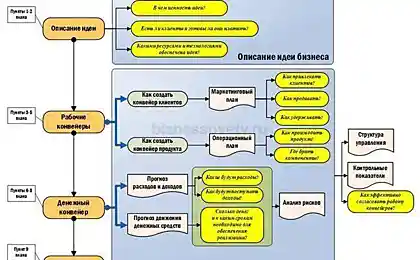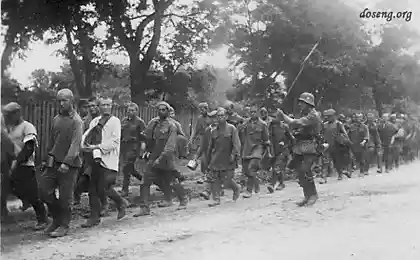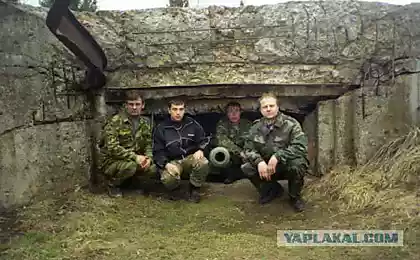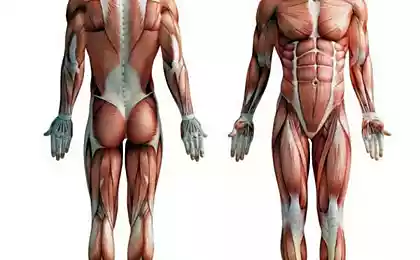752
Genetic analysis has allowed to solve the mystery of a mass grave in the German Kassel
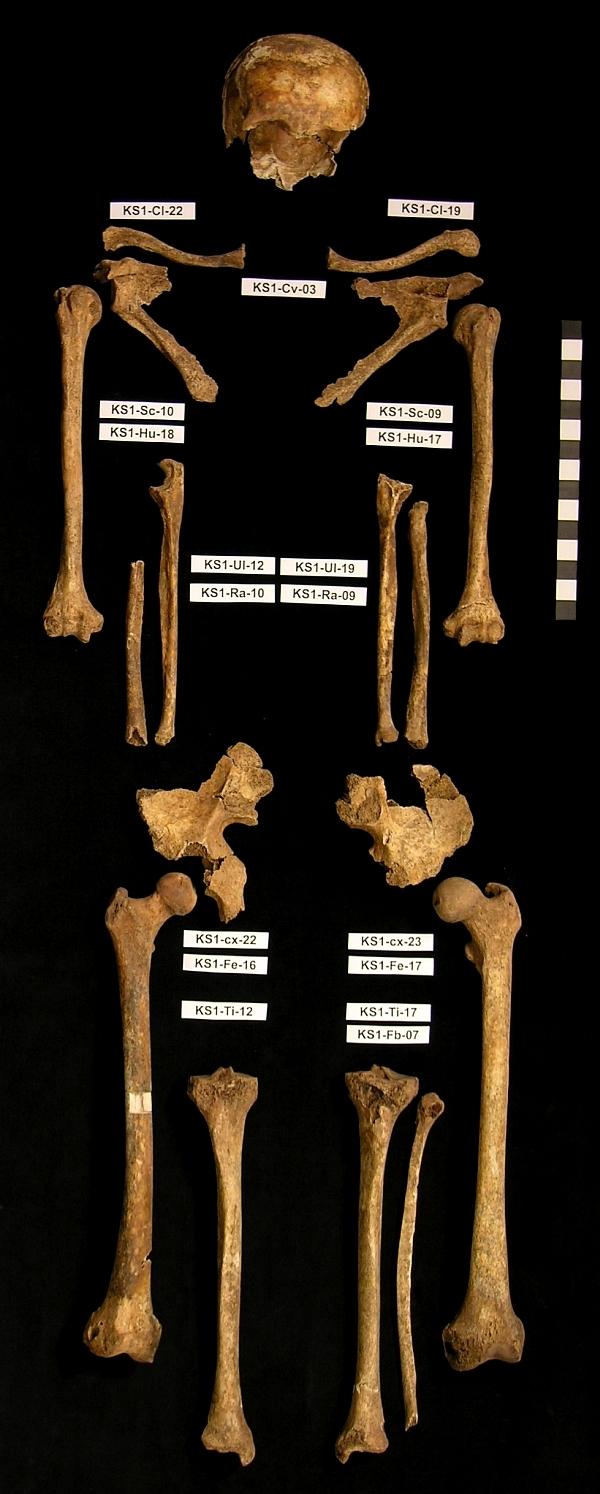
In January 2008, during the construction of the University of Kassel was discovered a mass grave in which lay the remains of around sixty people. Any hints on who they are and how to die, was not there. Ordinary things, which make identification of the remains (rings, watches, coins, clothing and so on. N.) Not found.
Initially suspected Nazis. During World War II, this place was located factory for the production of locomotives and tanks, used slave labor. Local archivist Frank-Roland Klaube said that in the last days of the war in Kassel really were mass executions, but elsewhere in the city.
Philipp von Grumbkov of the University of Gottingen, and his colleagues analyzed the bones and "rehabilitated" SS. Radiocarbon dating showed that the remains of about 200 years. In the XIX century near a military hospital, and this prompted the researchers to conclude that the bones belonged to the participants of the Napoleonic Wars. In addition, it became clear that there are men, most of whom died at the age of 16 to 30 years.
The story goes that in the winter of 1813-1814, after the Battle of Leipzig soldiers smashed in many cities of Europe "fever." What exactly happened in Kassel, which then belonged to the empire of Napoleon, is unknown because the city archive was burnt down during the Second World War.
Genetic analysis of 18 samples showed that three of the dead were indeed infected with the bacterium Bartonella quintana - the causative agent of trench fever. What happened to the others, yet to be seen.
Sea turtles have adapted to advance global warming
A large number of brothers making marmots, females more masculine


